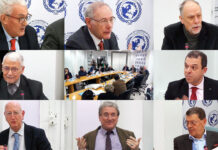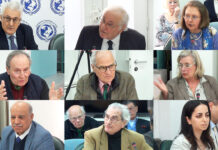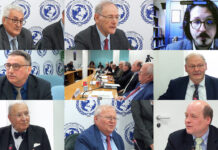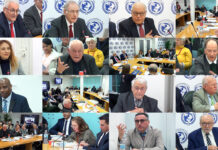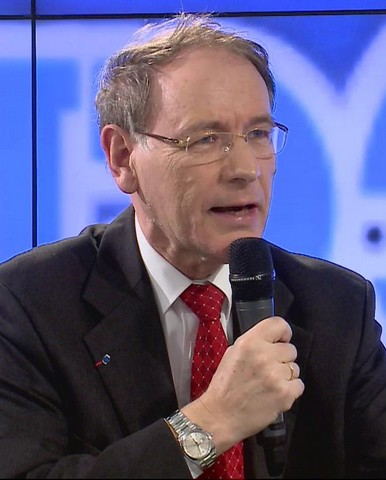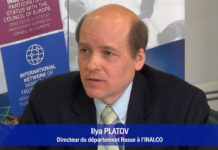Téléchargez l’article au format PDF
Recteur Gérard-François DUMONT
Résumé : Le Haut-Karabagh, petite région du Caucase du Sud moins vaste (4 400 km2) qu’un département de France métropolitaine, aurait pu être un confetti de l’histoire, donc un territoire dont l’évolution géopolitique n’aurait qu’un intérêt local. Mais, victime de la méthode « diviser pour régner » appliquée par l’Union Soviétique naissante, il est devenu soixante-dix ans plus tard un marqueur de l’implosion soviétique. Avec les années 1990, il a été un enjeu non seulement pour l’Azerbaïdjan et l’Arménie, mais aussi pour des puissances retrouvant une sensibilité impériale, la Russie et la Turquie. D’où l’intérêt de comprendre son évolution géopolitique.
Mots-clés : Géopolitique, Histoire, Géographie, Guerre, Blocus, Nettoyage ethnique, Droit international, Caucase du Sud, Haut-Karabagh, Arménie, Azerbaïdjan, Nakhitchevan, URSS, Russie, Turquie, Géorgie, Union Européenne, États-Unis.
LIFE AND GEOPOLITICAL ERASURE OF NAGORNO-KARABAKH IN THE SOUTH CAUCASUS
Abstract : Nagorno-Karabakh, a small region of the South Caucasus less vast (4,400 km2) than a department of mainland France, could have been a historical confetti, a territory whose geopolitical evolution would only be of local interest. But, as a victim of the “divide and rule” method applied by the nascent Soviet Union, it became, seventy years later, a marker of the Soviet implosion. In the 1990s, it became an issue not only for Azerbaijan and Armenia, but also for powers that are rediscovering an imperial sensitivity, as Russia and Turkey. Hence the importance of understanding its geopolitical evolution.
Key words : Geopolitics, History, Geography, War, Blockade, Ethnic cleansing, International law, South Caucasus, Nagorno-Karabakh, Armenia, Azerbaijan, Nakhchivan, USSR, Russia, Turkey, Georgia, European Union, United States.

